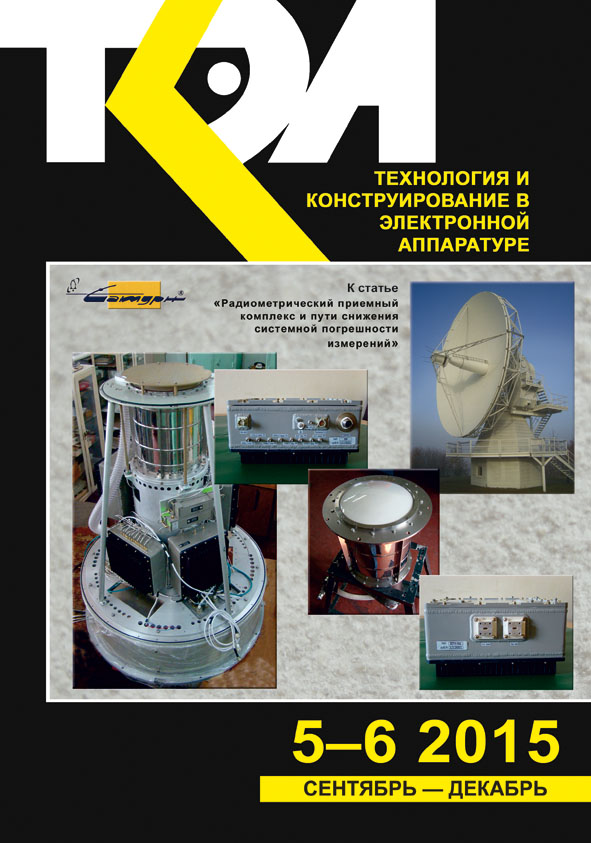Research on Cu2ZnSnTe4 crystals and heterojunctions based on such crystals
Abstract
The paper reports on the results of the studies of magnetic, kinetic and optical properties of Cu2ZnSnTe4 crystals. The Cu2ZnSnTe4 crystals showed diamagnetic properties (the magnetic susceptibility almost independent of the magnetic field and temperature). The Cu2ZnSnTe4 crystals possessed p-type of conductivity and the Hall coefficient was independent on temperature. The temperature dependence of the electrical conductivity of the Cu2ZnSnTe4 crystal shows metallic character, i.e. decreases with the increase of temperature, that is caused by the lower charge carrier mobility at higher temperature. Thermoelectric power of the samples is positive that also indicates on the prevalence of p-type conductivity. Heterojunctions n-TiN/p-Cu2ZnSnTe4, n-TiO2/p-Cu2ZnSnTe4 and n-MoO/p-Cu2ZnSnTe4 were fabricated by the reactive magnetron sputtering of TiN, TiO2 and MoOx thin films, respectively, onto the substrates made of the Cu2ZnSnTe4 crystals. The dominating current transport mechanisms in the n-TiN/p-Cu2ZnSnTe4 and n-TiO2/p-Cu2ZnSnTe4 heterojunctions were established to be the tunnel-recombination mechanism at forward bias and tunnelling at reverse bias.
References
Wang W., Winkler M. T., Gunawan O., Gokmen T., Todorov T. K., Zhu Y., Mitzi D. B. Device characteristics of CZTSSe thin-film solar cells with 12.6% efficiency. Advanced Energy Materials, 2014, vol. 4, pp. 1-5. DOI: http://dx.doi.org/10.1002/aenm.201301465.
Hironori Katagiri, Kazuo Jimbo, Win Shwe Maw, Koichiro Oishi, Makoto Yamazaki, Hideaki Araki, Akiko Takeuchi. Development of CZTS-based thin film solar cells. Thin Solid Films, 2009, vol. 517, no. 7, pp. 2455-2460. DOI: http://dx.doi.org/10.1016/j.tsf.2008.11.002.
Alferov Zh. I. The history and future of semiconductor heterostructures. Semiconductors, 1998, vol. 32, is. 1, pp. 1-14.
Fahrenbruch A.L., Bube R.H. Fundamentals of solar cells. Photovoltaic solar energy conversion. New York, 1983.
Kovaliuk T. T., Maryanchuk P. D., Maistruk E. V., Koziarskyi D. P. Optical properties of Hg1–x–CdxDyySe crystals. Russian Physics Journal, 2013, vol. 56, no. 7, pp. 831-836. http://dx.doi.org/10.1007/s11182-013-0106-5.
Solovan M.N., Brus V.V., Maryanchuk P.D., Ilashchuk M.I., Rappich J., Nickel N., Abashin S.L. Fabrication and characterization of anisotype heterojunctions n-ТіN/p-CdTe. Semiconductor Science and Technology, 2014, vol. 29, no. 015007. http://dx.doi.org/10.1088/0268-1242/29/1/015007.
Sharma B.L., Purohit R.K. Semiconductor heterojunctions. Pergamon Press, 1974.
Copyright (c) 2015 Kovaliuk T. T., Solovan M. N., Mostovyi A. I., Maistruk E. V., Parkhomenko G. P., Maryanchuk P. D.

This work is licensed under a Creative Commons Attribution 4.0 International License.

